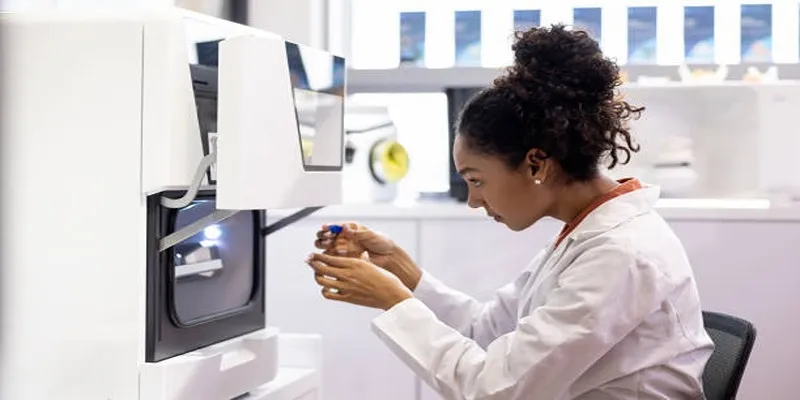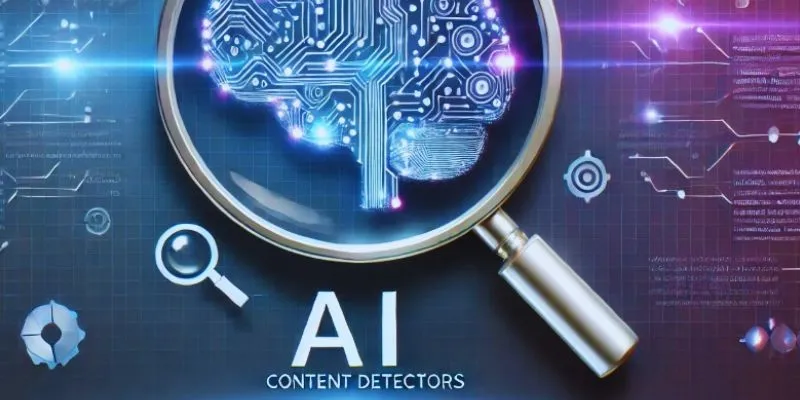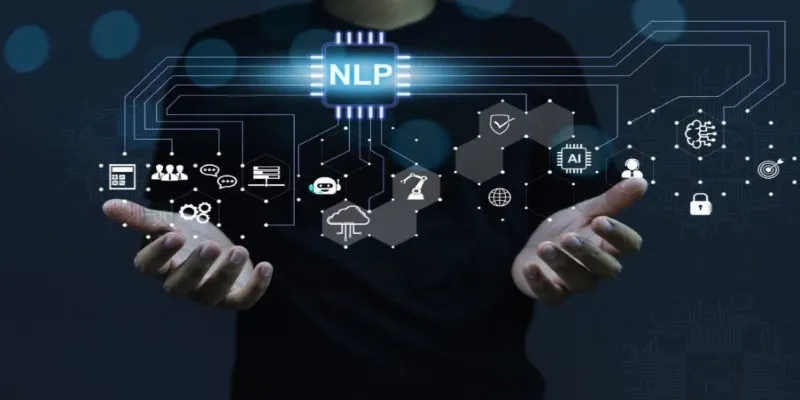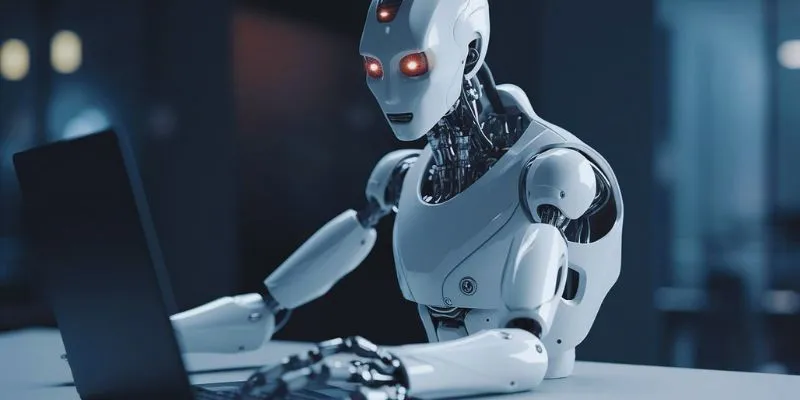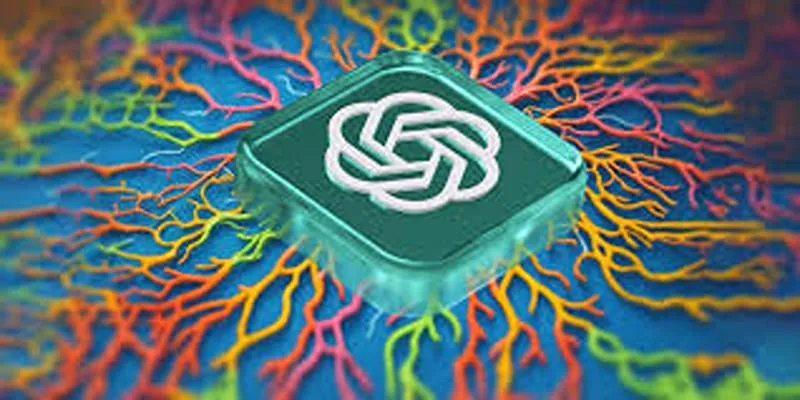The healthcare sector is witnessing a transformation with the advent of AI- powered nurse robots. These robots are addressing critical issues such as worker shortages, operational inefficiencies, and safety vulnerabilities. Designed to assist healthcare teams with routine and physically demanding tasks, these robotic devices allow medical staff to concentrate on more complex treatment procedures. In this article, we explore six advanced AI nurse robots that are significantly enhancing patient recovery rates while supporting hospital staff under pressure.
The Role of AI Nurse Robots in Modern Healthcare
Globally, healthcare institutions are grappling with an increasing demand for medical services, with nursing shortages projected to reach 10 million by 2030. AI nurse robots are now employed in various settings, including hospitals, elder care facilities, and home environments, to assist medical personnel. These robots perform tasks such as pill distribution, patient tracking, and disinfection activities, thereby reducing the workload on nursing staff.
Experts assert that AI-powered robots are designed to complement human nurses rather than replace them. By automating repetitive tasks, healthcare professionals can focus more on providing personalized care to patients.
1. Moxi: The Assistant Robot
 Moxi, developed by
Diligent Robotics, is designed to handle logistical tasks within hospitals. It
transports medications, essential supplies, and lab specimens, thereby freeing
nurses from non-medical duties. With advanced navigation capabilities and a
friendly design, Moxi seamlessly integrates into healthcare environments.
Moxi, developed by
Diligent Robotics, is designed to handle logistical tasks within hospitals. It
transports medications, essential supplies, and lab specimens, thereby freeing
nurses from non-medical duties. With advanced navigation capabilities and a
friendly design, Moxi seamlessly integrates into healthcare environments.
Key Features:
- Autonomous navigation through hospital corridors.
- Secure storage systems for transporting essential items, including blood samples.
- Facilitates communication through voice interface or touch panel.
- Allows nurses to focus on hands-on patient care by handling routine tasks.
2. TUG: The Transport Specialist
The TUG robot, created by Aethon, specializes in transportation tasks within hospitals, such as delivering medical equipment, food trays, and linens. Its robust construction enables reliable operation in busy medical facilities.
Key Features:
- Adjustable compartments for storing various items.
- Real-time tracking via hospital management systems.
- Collision avoidance technology for safe navigation.
- Reduces physical exhaustion for healthcare staff while ensuring material accessibility.
3. Grace: The Elderly Care Companion
Created by Hanson Robotics, Grace specializes in elder care. She interacts with patients, tracks vital signs using integrated sensors, and provides medication reminders.
Key Features:
- Multilingual capabilities for diverse patient demographics.
- Advanced facial recognition to assess emotional states.
- Integrates with telehealth platforms for remote consultations.
- Addresses loneliness in long-term care settings by offering comprehensive physical and emotional care.
4. Robear: The Lifting Assistant
Developed by the RIKEN-SRK Collaboration Centre for Human-Interactive Robot Research in Japan, Robear assists with challenging tasks like bed and wheelchair transfers.
Key Features:
- Soft-touch sensors to protect patients during lifting.
- High precision in movement for handling patients with limited mobility.
- Compact design suitable for hospitals and home environments.
- Reduces injury risks for patients and caregivers during transfers.
5. UV Disinfection Robots: Ensuring Safety
Xenex’s UV disinfection robots rapidly sanitize hospital rooms by using high- power ultraviolet radiation to destroy harmful pathogens, including bacteria and viruses.
Key Features:
- Automated cleaning with pre-set navigation routes.
- Performs room disinfection swiftly without human oversight.
- Effectively combats hospital-acquired infections (HAIs).
- Protects patients from infection risks while allowing cleaning personnel to focus on other duties.
6. PARO: The Therapeutic Robot
 PARO is a
therapeutic robot designed to aid dementia and mental health patients. It
features touch and sound-reactive sensors, providing comfort and reducing
anxiety through human-like interaction.
PARO is a
therapeutic robot designed to aid dementia and mental health patients. It
features touch and sound-reactive sensors, providing comfort and reducing
anxiety through human-like interaction.
Key Features:
- Responsive actions through head movement and sound after physical contact.
- Ability to learn new voices and adapt response patterns over time.
- Easy to use from hospital beds.
- Improves emotional well-being and reduces stress among senior patients in extended care institutions.
Benefits of AI Nurse Robots
1. Addressing Staffing Shortages
With the anticipated global nursing shortage by 2030, AI nurse robots fill gaps by performing non-hands-on tasks such as supply transportation and patient monitoring.
2. Enhancing Patient Safety
Equipped with sophisticated sensors, these robots can detect health declines in patients and conduct automated cleaning, ensuring a sterile environment.
3. Reducing Staff Burnout
By automating routine procedures that involve heavy lifting and supply delivery, robots help prevent physical exhaustion and burnout among nurses.
4. Improving Patient Experience
The therapeutic robot PARO offers emotional support, especially to patients in elder care and mental health facilities.
Challenges and Ethical Considerations
While AI nurse robots provide numerous benefits, their implementation raises ethical considerations.
- Concerns about reducing the human nursing workforce, despite their primary role being support.
- Robots handling sensitive patient information must comply with HIPAA and other privacy regulations.
- The extensive use of robots could potentially diminish valuable human interactions between healthcare providers and patients.
Healthcare providers must establish policies for robotic use to ensure a harmonious coexistence between AI nurse robots and human caregivers.
Conclusion
AI nurse robots are revolutionizing healthcare by addressing workforce shortages, administrative challenges, and clinical safety risks. Robots like Moxi and TUG handle support tasks, while PARO and Grace provide emotional and elder care. These innovations demonstrate that technology can enhance health outcomes and patient satisfaction. AI nurse robots offer a promising solution for hospitals aiming to create more efficient, human-centered healthcare systems.
 zfn9
zfn9


